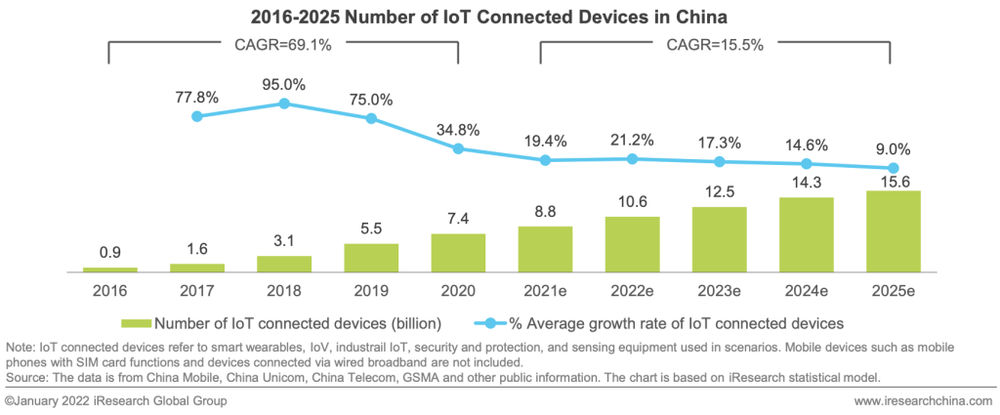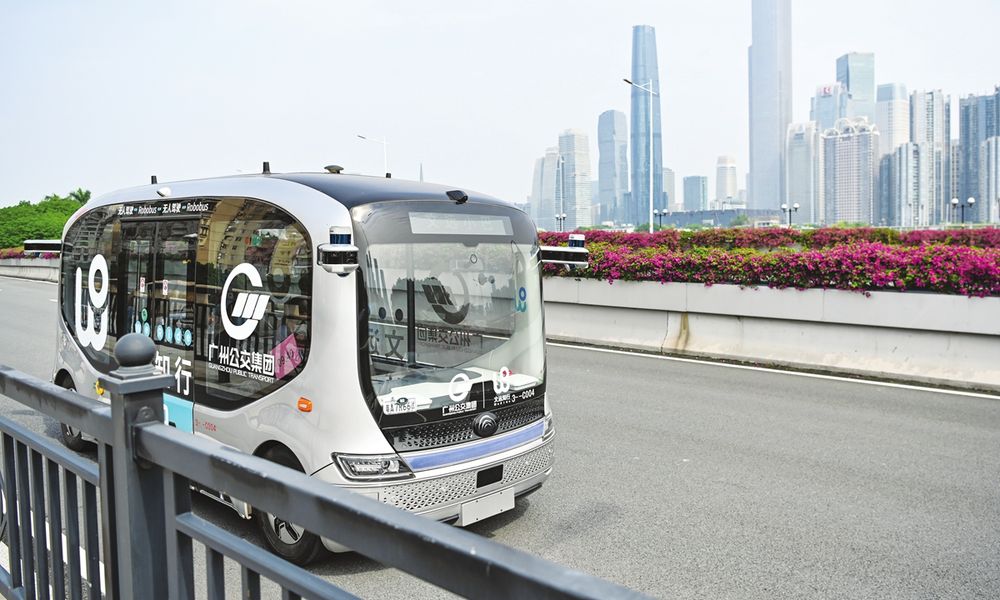A powerful concept
Once upon a time, the internet meant the computer and the cellphone. The idea of the Internet of Things (IoT) was just that – an idea.
With galloping advances in machine learning, analytics, conversational AI, and widespread, reliable and low-cost computing, the IoT came into its own. Connecting almost everything – from fridges to farm equipment – IoT is now recognised as one of the most powerful technologies of the 21st century [1], the enabler of the ‘Fourth Industrial Revolution’ [2].
Is there any place, person, process, or thing unaffected by IoT? We think not.
When an interconnected world went hyperconnected, the IoT became the common ground for the physical and digital to cooperate and communicate. As early as 1926, Nikola Tesla predicted a wireless world turning the earth into a “huge brain” with simple portable devices enabling instant connections “irrespective of distance” [3]. Almost a century later, we see how prescient he was! As supply constraints ease and growth further accelerates, we can expect approximately 27 billion connected IoT devices globally by 2025.
Emergence and evolution
In China, the IoT sensing network research started in 1999 – i.e., the same year that Kevin Ashton first proposed the www. This foresight enabled IoT to be identified as one of the most strategic emerging industries written into the government work report in March 2010 [4].
According to a report published by International Data Corporation, China’s IoT market is expected to surpass US$300 billion in 2025 [5], with China being projected to be the top IoT market in the Asia Pacific.

As He Xuming, chairman of the WIOTC (World Internet of Things Convention) executive committee put it, “Despite COVID-19, China has built nearly 1.4 million 5G base stations … a solid step in the construction of infrastructure for IoT.”
Initiatives and investments
Given its supremacy in the manufacturing of electronics, its software design capabilities and its massive market for digitally enabled products and services, it is no surprise that China is positioned as a major player in transforming and shaping international trade globally [6]. The Chinese government boosted a surge as it plans to invest over a trillion dollars towards the roll-out technologies, from IoT to wireless networks to AI.

According to Andrew Zignani, research director at ABI Research, “China’s… rapidly growing economy and aspiring demographics are making key contributions to global demand and consumption of Wi-Fi-enabled services such as smart home applications.” [7]
Among the initiatives launched to meet this demand, “Made in China (MIC) 2025” provides financial subsidies, loans and technical guidance to local manufacturing vendors [8]. China Unicom, China Mobile Limited and China Telecom Corporation remain trusted IoT network providers; hardware providers include big players like Huawei, Xiaomi, MediaTek and Qualcomm; while Microsoft, IBM and Alibaba [9] continue to be among the top software providers.
Concerted efforts and concrete action
While the first concerted effort toward developing IoT was included in China’s 12th Five-Year Plan (2011-2015), certain problems with core technologies and industrial ecologies persisted. The newly released Internet of Things New Infrastructure Development Three-Year Action Plan (2021-2023) is a robust response to corrective and concrete action to address those gaps.
It clarifies 12 key goals, which include breakthroughs in innovation capacity, progress in key technologies and competitiveness, industrialisation of integrated technology of IoT and 5G, artificial intelligence (AI) and blockchain.
The objective is to create more than 2 billion IoT connections by the end of 2023 [10] by fostering and promoting duplicable and sustainable operation modes. Furthermore, to develop industrial applications that are supported, safe and comprehensive, a complete IoT standard and security guarantee system is to be built by the end of 2023.
Radical innovations for traditional industries
Internet Plus is one of the radical innovations that address tech-related challenges. Part of the “Made in China 2025” initiative, Internet Plus is a five-year plan to integrate cloud computing, big data and the IoT with various industries, from manufacturing to commerce, internet banking, agriculture and others [11]. The motivation is to link the developing economy of China to the power of connected services. With so many traditional sectors, Internet Plus is set to become a critical factor in understanding, entering and conquering the IoT market in China [12].
Breakthrough moments
While intelligent road management and City Brain [13] are some of the noteworthy innovations in China, the one we’re really excited about is the launch of driverless buses by the city of Guangzhou, in Nansha District, which comes under the “Intelligent Traffic Management Vehicle Network Demonstration Zone”. Adopting the technology of “bicycle intelligence + network connection empowerment” [14], the bus comes with a smart control system (Xiaoyu) which enables the passengers to control lights and air-conditioning through their voice commands. Other advanced features include two 64-line LiDARs, which can accurately perceive any object within 200 meters and 12 high-definition cameras that do everything the human eye can – only smarter and sharper!

As Chen Jia, an independent research fellow on international strategy said, “On the macro level, autonomous driving industry chain can be used to further improve urban infrastructure, accelerate the optimisation of urbanisation process and cope with the challenges of population ageing. On the micro level, it can drive the development of urban science and technology industry cluster centring on intelligent driving.” [15]
Proof positive that China is on the right track to a bright IoT future – from a comparatively slower start to becoming a leading driver of IoT in the world.
References
- [1] oracle.com: What is IoT
- [2] mewburn.com: The Fourth Industrial Revolution and the Internet of Things
- [3] geekwire.com: Nikola Tesla Predicted Smartphones in 1926 Like a Boss
- [4] IoT: Applications, Challenges, and Opportunities With China Perspective
- [5] chinadaily.com.cn: China’s IoT Market to Top $300b in 2025: Report
- [6] iResearch China: 2022 China’s IoT Industry Report
- [7] & [8] IFA Berlin: Chinese Wi-Fi IoT Market Set to Grow to 916.6 Million Connections by 2026
- [9] & [12] MOKO Smart: What You Didn’t Know About IoT in China
- [10] World Internet Conference: China Welcomes Rapid Development of IoT Industry
- [11] China Telecom Americas: Everything You Need to Know About China’s “Internet Plus” Future
- [13] wired.co.uk: In China, Alibaba’s Data-hungry AI is Controlling (and Watching) Cities
- [14] Mobility Innovators: Guangzhou Launched First Driverless Bus Line with L4 Autonomous Driving Buses
- [15] Global Times: Chinese Cities Race to Experiment Autonomous Driving, Ready to Accelerate Commercial Use







